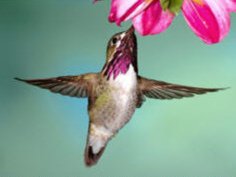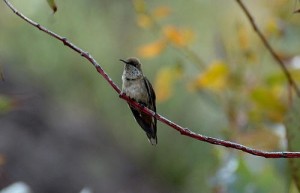As one of the smallest bird species it is not surprising to discover that the hummingbird lays the smallest eggs of all birds. Have you ever wondered about the size of hummingbird eggs? If so, this post will provide you with the answer you seek.
Just how tiny are the eggs of a hummingbird? The answer may surprise many of you. The eggs measure less than 1/2 an inch long. Even at this tiny size the eggs may represent as much as 10 percent of the mother’s weight at the time the eggs are laid. I do not know about you but I find it astounding that something so tiny could represent that much of the mother’s weight at the time the eggs are laid.
This kind of information makes me think of my mom and our shared love of hummingbirds. This is the kind of information that she would have found to be interesting and that I would have enjoyed getting to share with her. It is my hope that you too will enjoy discovering this information as well.

